
It’s never too late to leave the leaves on the ground, right where they belong. That is, unless you’ve already raked them up, stuffed them in bags and sent them wherever the truck takes them – to a composting facility or a landfill.
If the latter is the case, perhaps it’s time for a new approach.
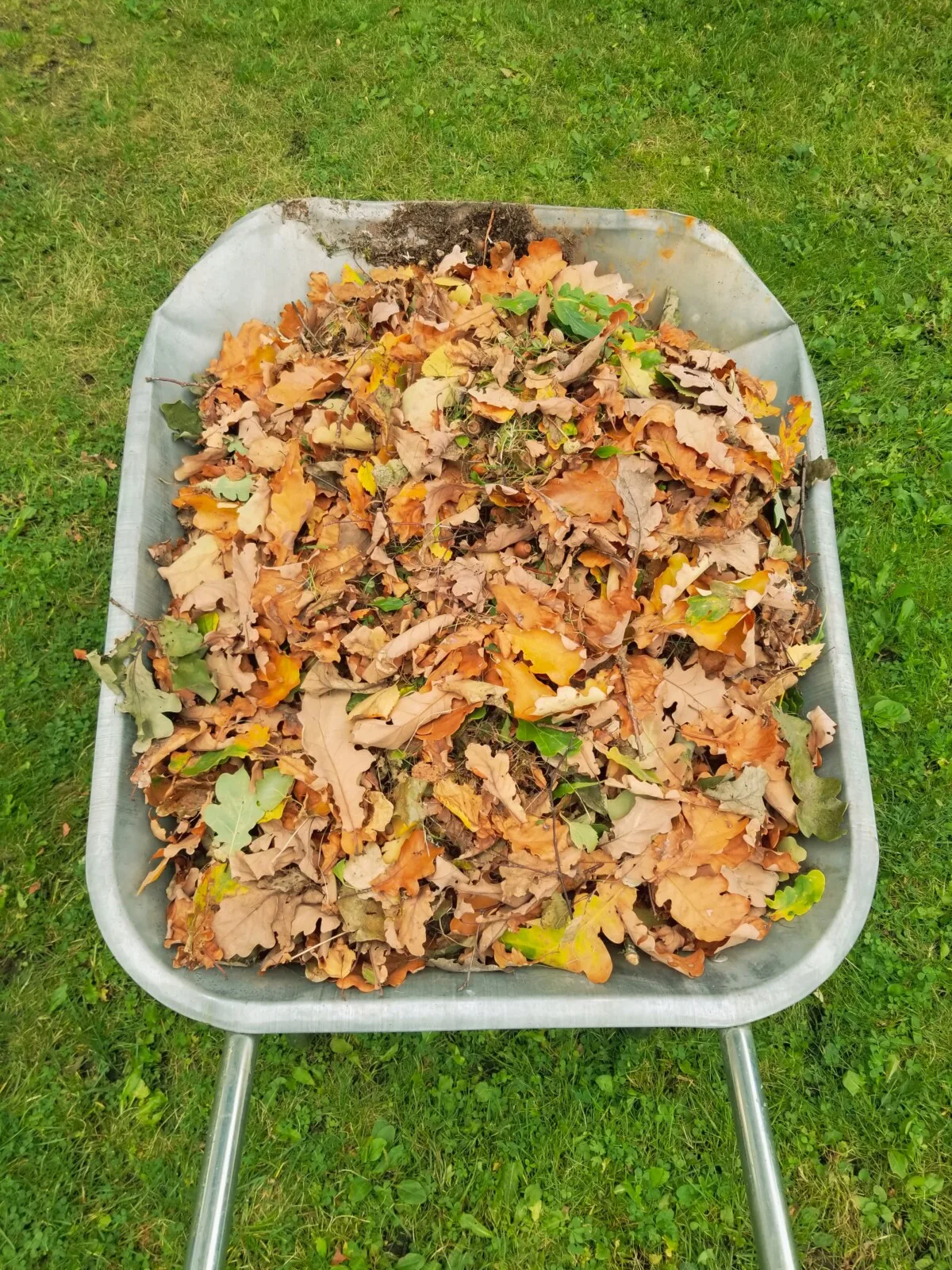
Think about it: Why would you need to waste a lot of time and energy on getting rid of your leaves every autumn just because everyone else is doing it? What if a lot of people are wrong in the act of vacuuming their lawns for the sake of cleanliness and orderliness?
What if there was a better way to accomplish fall yard work that not only took your expectations into consideration, but also provided multiple benefits to nature? That’s exactly it; it’s nature that needs looking after. That’s the number one reason to leave your leaves on the ground.
Where do colorful leaves go when they fall from the trees?
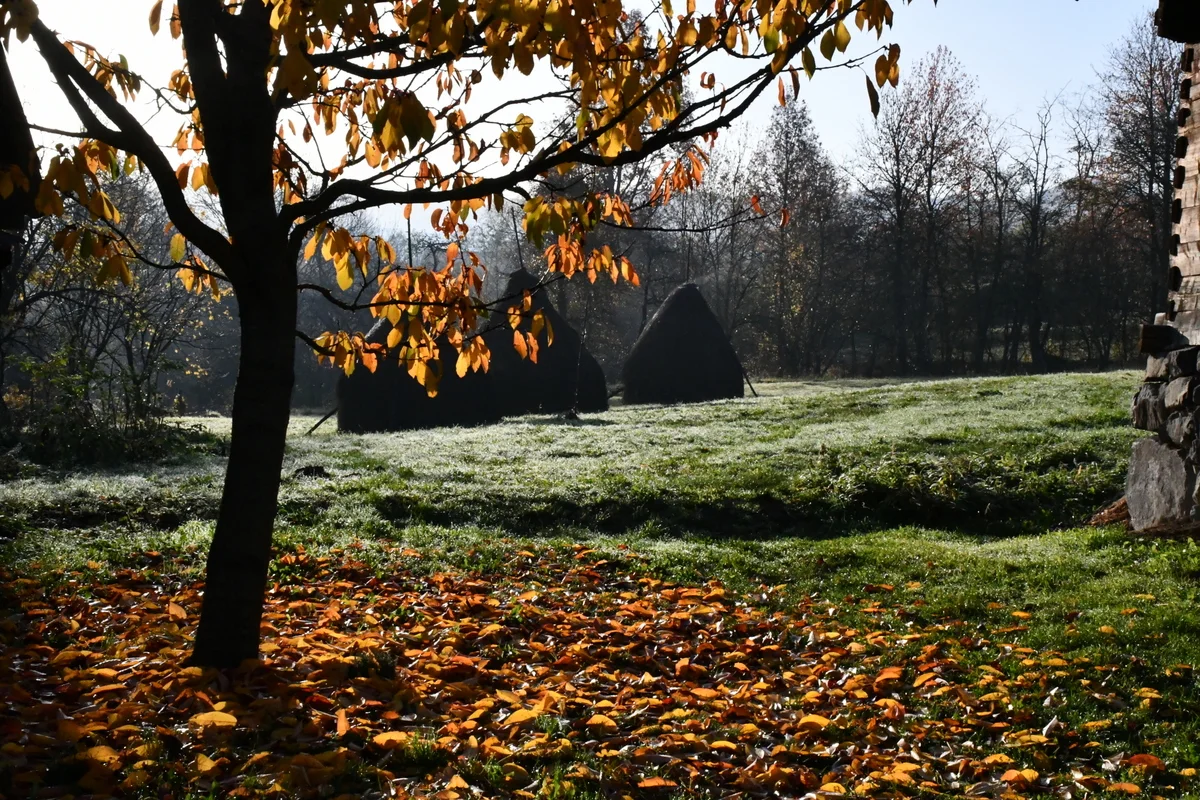
The most obvious answer is that they fall on the ground.
From there, it’s up to you whether they leave or stay or just move a little further into your garden.
Many homeowners choose to get rid of autumn leaves for cosmetic reasons (making your yard appear tidy and cared for); some people rake leaves to get therapeutic exercise in the outdoors, while others do it to hopefully eliminate lawn thatch and prevent lawn diseases.
These may all sound like good reasons to remove every single leaf that falls on the ground, though nature is missing out on all those nutrients that must return back to the soil.
As you’ll soon find out, removing leaves is a real biodiversity killer, too.
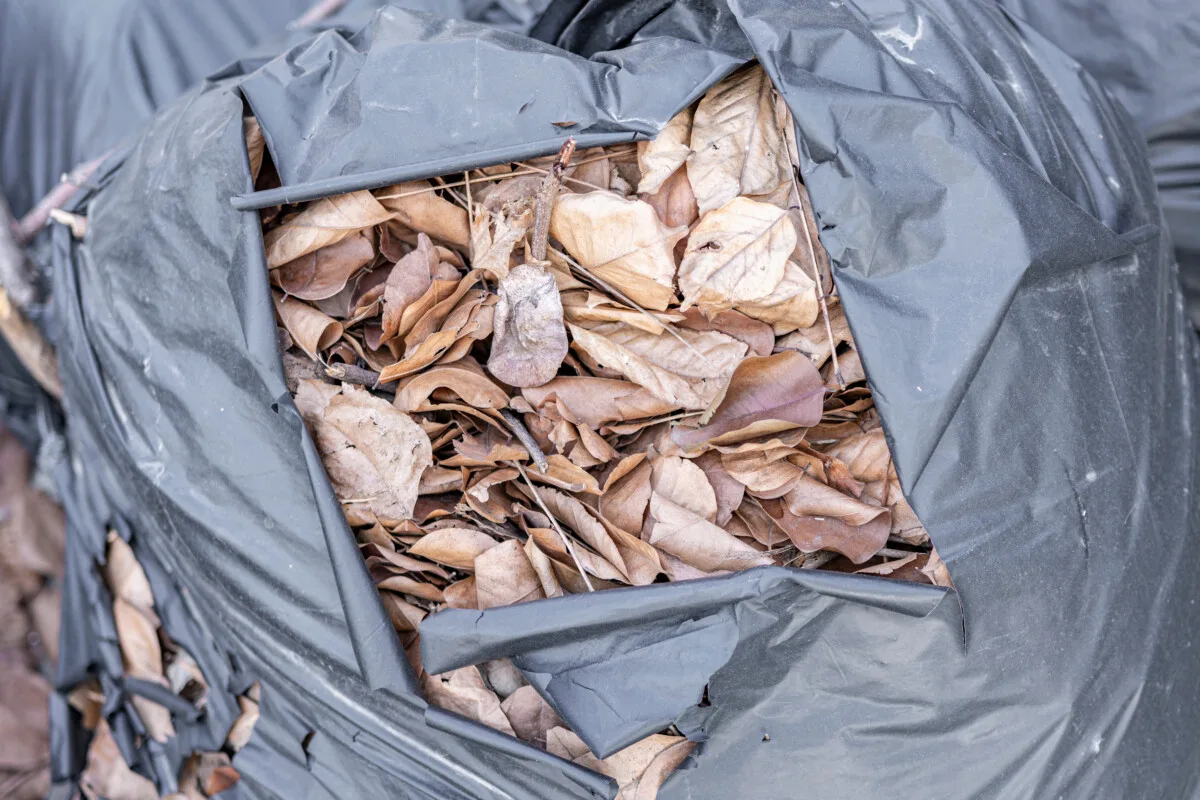
What you need to know about yard waste is that millions of tons each and every year end up in a landfill. This is, in part, due to people thinking that removal is the only option. It isn’t.
So, if bagging isn’t the answer to your leaf litter problem, what about sending them off to a local composting facility?
Some communities do have municipal leaf composting services, though you’ll need to check locally to see what’s available. If your lawn is managed by a landscaping company, be sure to ask what they do with all the leaves they collect. Leaf mold is gold, as you’ll find out below.
Most rural dwellers, on the other hand, will run into the problem of having to do it themselves. After all, leaf litter is a seasonal event. On a single wooded acre, up to 2 tons of leaf litter may fall in any given year. It’s far too much to count, and time can be better spent on other activities than raking and blowing.
Yet, somehow, a natural forest manages to swallow up all the leaves the trees produce. At the same time, grasses and other wild plants poke up through the ground in the springtime.
What makes you think your yard is different?
Maybe it’s time to start thinking about your backyard as a habitat rather than a well-groomed patch of grass.
Just as you should stop raking your leaves, you can also stop mowing your lawn for part of the year. You should know about No-Mow May before it comes up again next year.
All being said, there are places where you might choose to rake the leaves aside from a particular part of the yard.
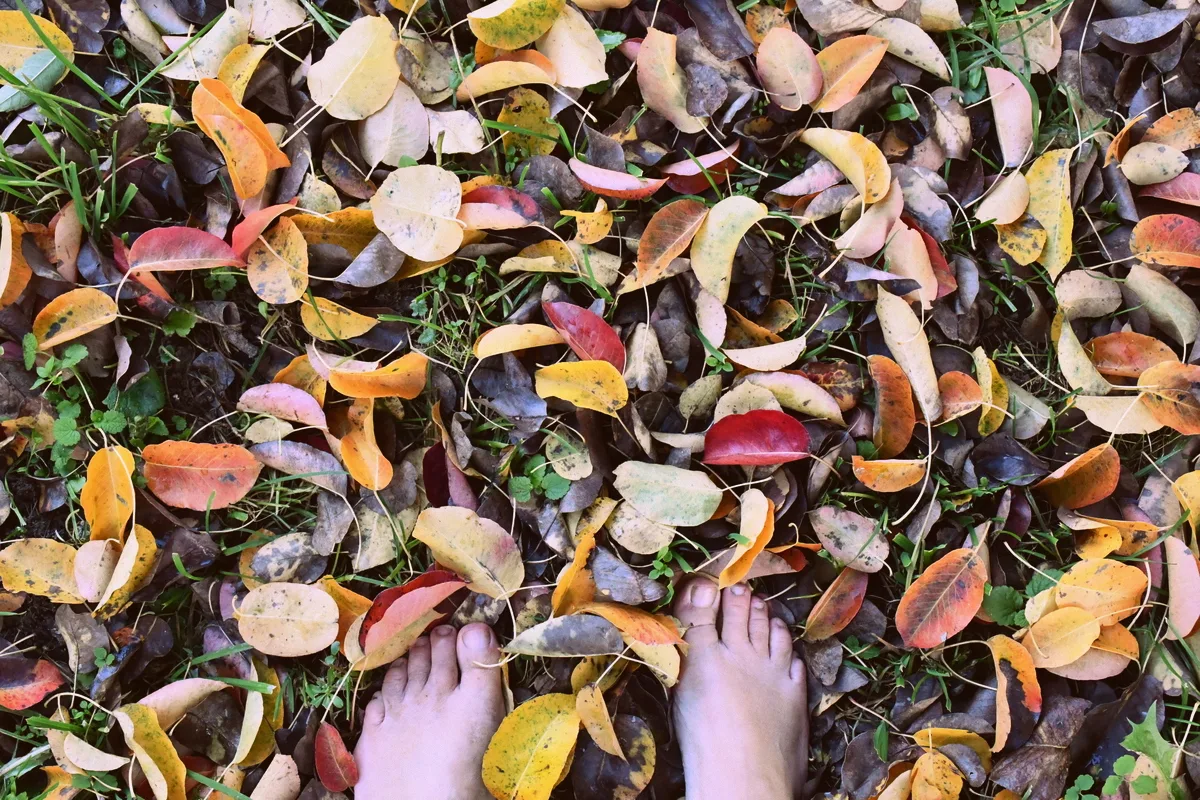
Places where you walk the most are prime candidates for leaf removal. This includes your driveway, sidewalks and most other non-grassy areas. The reason for this is simple: they won’t break down properly when they aren’t having a connection with the soil.
Instead, they’ll get slimy and slippery. And you don’t want to sprain your ankle as you slide on decomposing leaves.
But there are plenty of uses for those excess leaves. We’ll get to that near the end of the article.
Before we actually get to the benefits of leaves in your yard, I’d just like to give you a short list of what not to do with them.
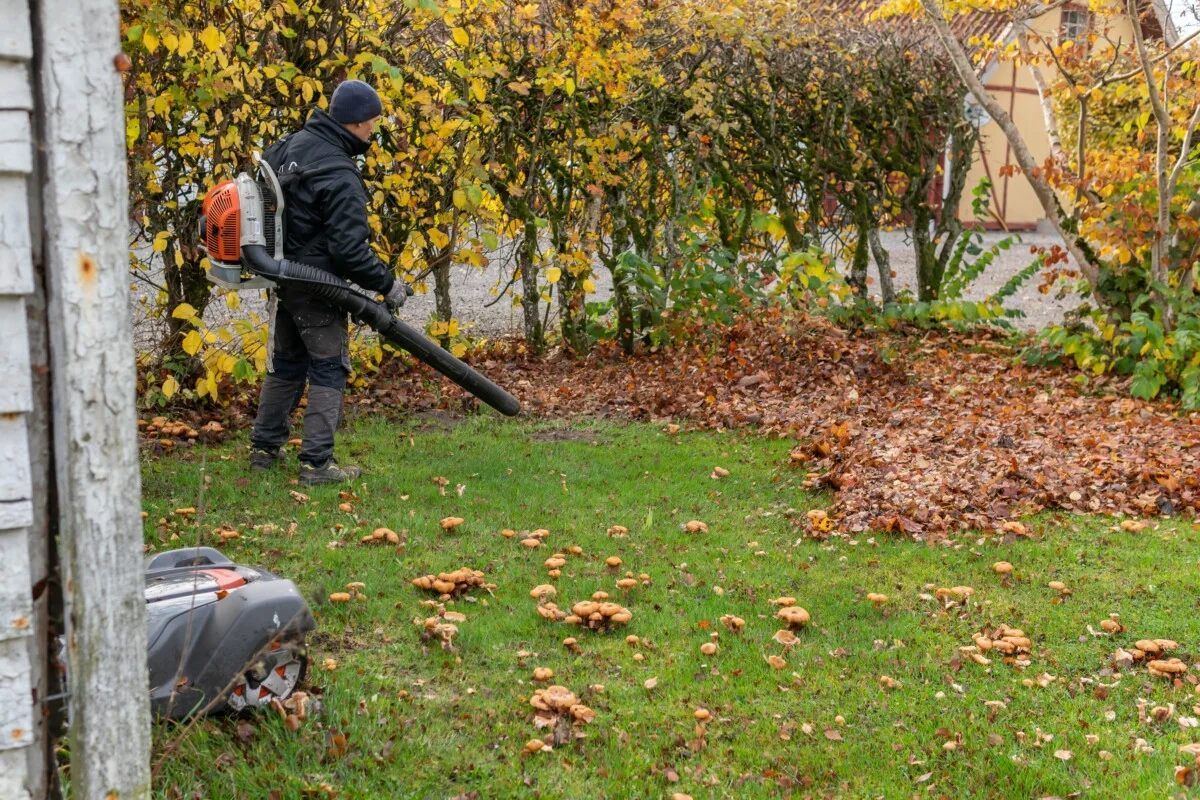
Never:
- rake leaves into the street.
- throw leaves in the common household waste trash bin.
- blow leaves – it’s an inefficient way of removing them, plus it erodes topsoil and contributes to a lower air quality.
- park on piles of dry leaves – it’s an uncommon fire hazard.
- dump excess leaves in a creek bed or a ravine.
- burn leaves.
Where we live, it’s considered tidy (and your responsibility as a good neighbor) to rake and burn every leaf within the village limits and some distance outside of that, too.
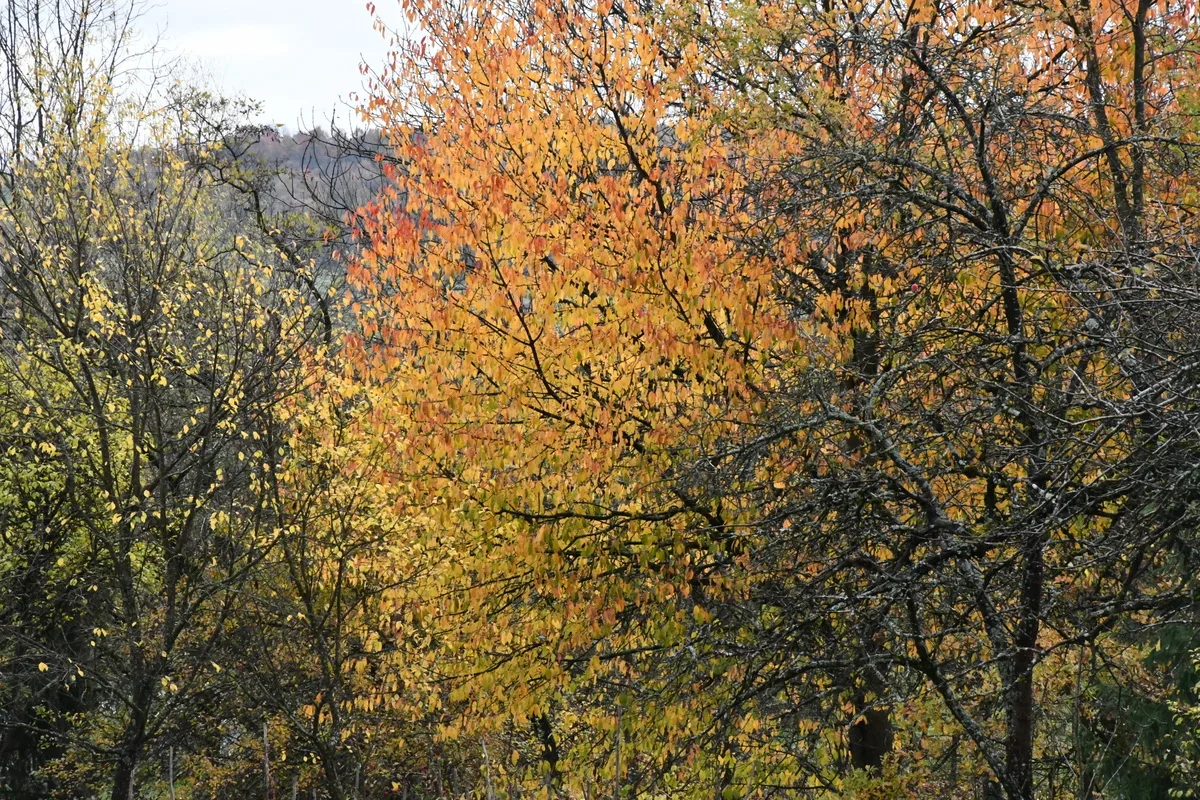
If our simple way of leaf leaving leaves people shaking their heads, so be it. In time, they, too, will learn about the benefits of leaf litter.
Reasons Not to Send Leaves to a Landfill
1. Leaves Add Organic Material To Your Lawn or Garden
Sure, you can add autumn leaves straight on top of your garden beds and let them break down over winter.
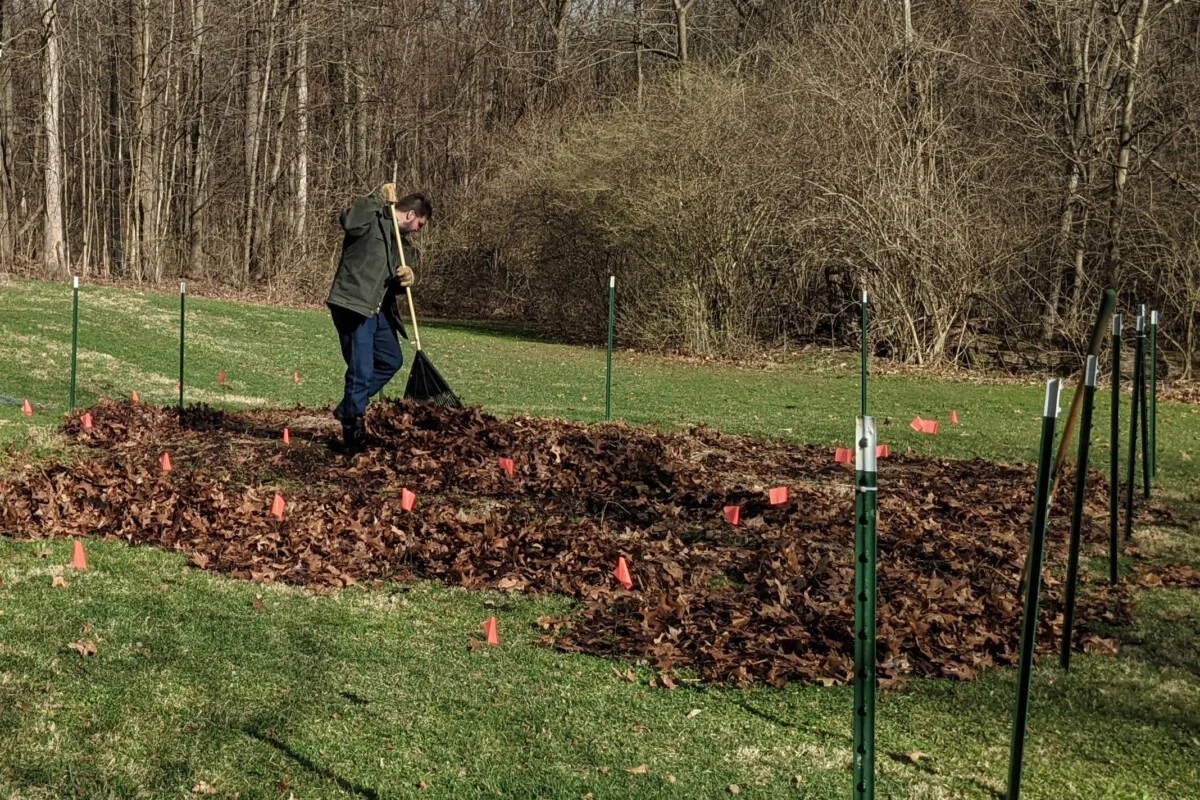
Leaves provide food for microorganisms, which encourages their growth in the soil. In return, they increase the soil fertility. Nitrogen, phosphorus, potassium and carbon compounds are all involved here and will do wonders for next year’s vegetable crop.
Saving leaves from going to the landfill is good for your garden and the environment.
Most leaves that get sent to a landfill are destined for anaerobic decomposition. It’s a process that makes for an oxygen-poor environment, which then results in the production of methane gas. Not exactly a beneficial way to get rid of leaves and other food waste.
In the home environment, you can also go one step further and learn how to compost leaves for additional benefits. See, nature doesn’t really make waste. Everything that is created finds a way back to where it came from, perpetuating organic loops that reuse and recycle in a way that man-made things can’t seem to do.
2. Leaves Are an Excellent Source of Mulch
Weeds are always on a gardener’s mind. While some are both tasty and edible, not everybody goes that far to cultivate them among their rows of beans and patches of pumpkins.
If you are into a natural way of gardening, you’ll likely have come across an article or two about no-dig gardening. As the name suggests, the soil remains intact. In order to prevent weeds with this gardening approach, the use of garden mulch is an absolute necessity.
Seeing as how leaves emerge every year from trees and bushes, they make for a very reliable source of organic mulch.
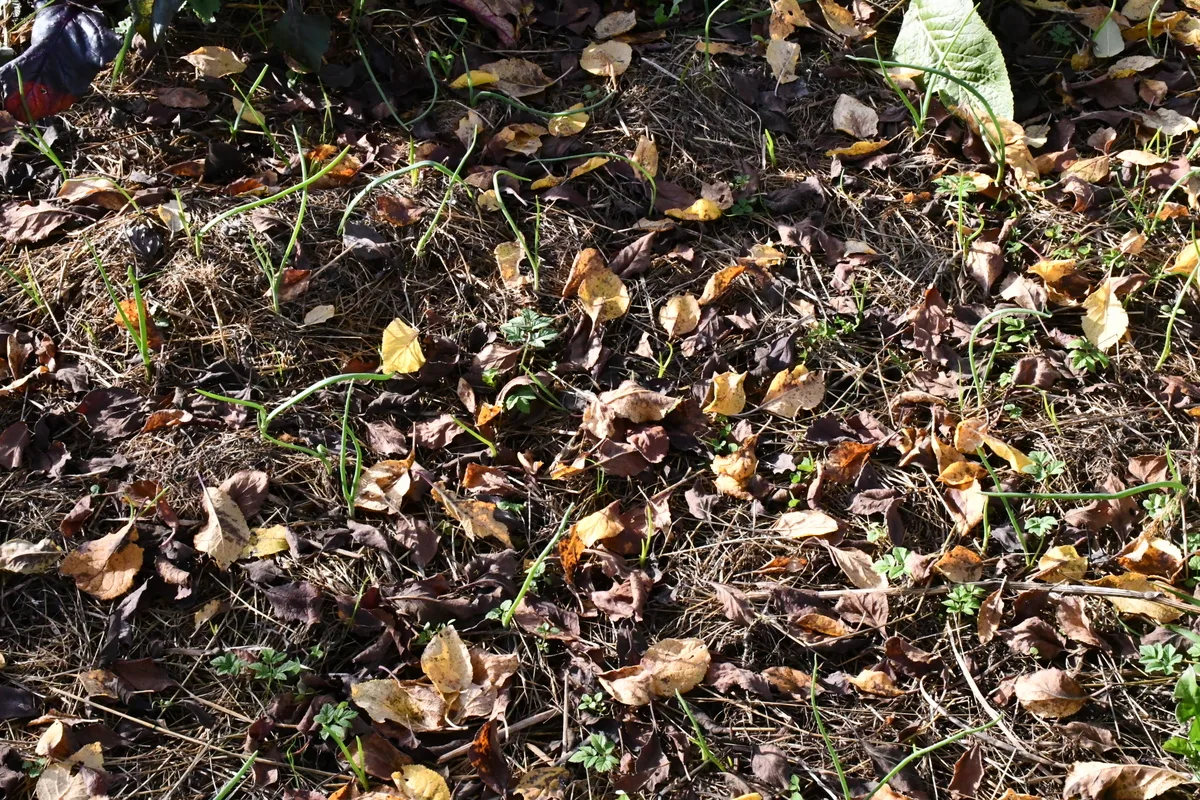
Leaving them where they fall makes for light work.
Leaves can easily be raked up from parts of the lawn where you’d like it to remain grassy and simply relocated to the garden. You can use them to cover an entire garden bed or make a mulch layer between rows of vegetables that still remain in winter, such as kale or Brussels sprouts.
Fall leaves can also be spread out among your flower beds. Hey, it’s free mulch. Use it, or lose it.
3. Leaves Increase Moisture Retention and Soil Drainage
Dead leaves, which are left on the soil, help to improve the soil structure as they naturally break down over several months. Again, this happens with the help of microorganisms. It also has something to do with creating air gaps in the soil.
One thing to remember when using leaves is to be sure that they are healthy and free of diseases.
Some of the best leaves for use in the garden are maple, poplar, willow, beech, oak and the leaves of fruit trees. All of these should break down in about a year.
Walnut leaves, eucalyptus and laurel should be avoided in your mulch mix as they may inhibit future plant growth.
4. Leaf Cover Encourages Wildlife Habitat
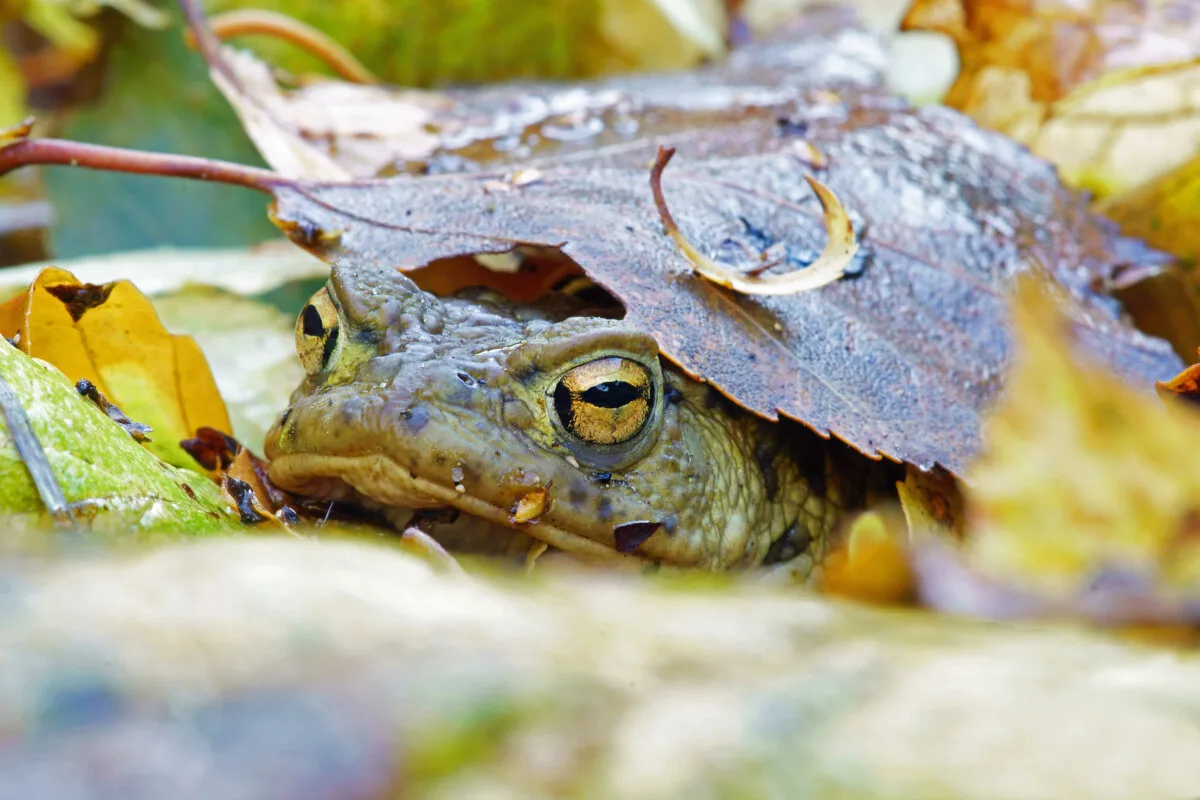
If the removal of leaves eliminates essential wildlife habitat, then the opposite would also be true.
Many animals rely on leaf litter for food and shelter. Among these are birds, toads, frogs, snakes, salamanders, hedgehogs, snails, worms, spiders, beetles, millipedes, chipmunks, turtles and so on. Even caterpillars and pupae of multiple species of moths and butterflies overwinter among fallen leaves.
Due to the shrinking of wild habitats and the decline of songbirds and pollinators, it only makes sense to leave as many patches of intact nature as possible. All you need to do in your backyard is mimic a forest – and leave the leaves where they fall.
Nature will thank you in her own subtle ways.
5. Leaves Are Nutrients For Free
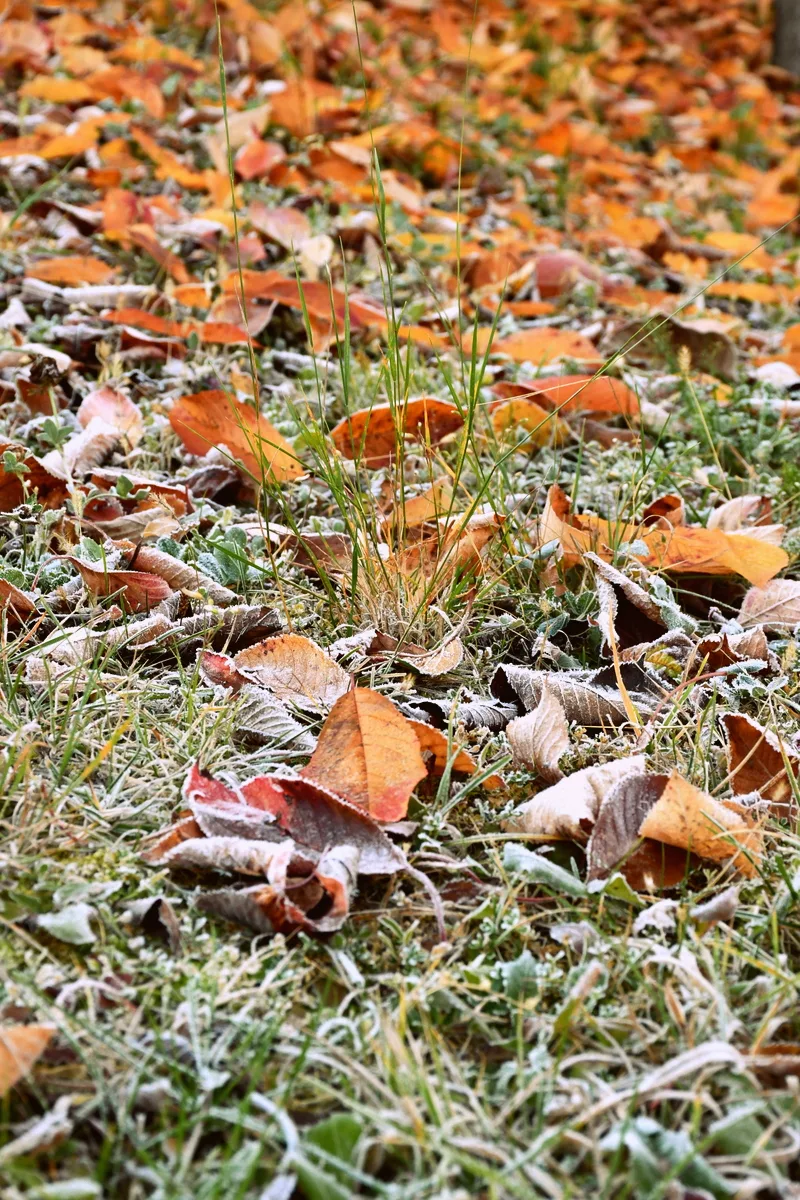
Not all things that are free are valuable. In the case of leaves, free is good.
Free nutrients are always beneficial in the growing of food, so go ahead and rake up a big pile of them to put on your garden. As long as you don’t surpass the 6″ of fluffed-up leaves mark, it will be condensed by planting time.
A side benefit to leaving the leaves where they fall is that you don’t have to engage in any physical work. If you do opt for raking a few piles here and there, it makes little noise compared to a mower or blower.
Wildlife will inevitably benefit from your laziness.
Birds will find food all throughout winter and spring as they scratch for insects under the easy to pick through leaves. Nematodes and woodlice, the detrivores, will break down the dead leaves into smaller and smaller pieces, creating castings that enrich the soil. Mice, chipmunks and squirrels will find and use the leaves as nesting material for their burrows.
Nature always finds a way of dealing with too many leaves. What will you do with them?
What To Do With Autumn Leaves?
Now that you know fallen leaves turn into soil, what are you waiting for? You can do absolutely next to nothing and still enrich your soil. All it takes is sitting back as you let nature do the work.
If you are faced with piles of autumn leaves, you can deal with them in five ways or more. It all depends on how much work you are willing to do or just how much work you have time for. The first one is the healthiest and wastes no energy at all.
Dealing with fallen leaves:
1. Leave the leaves whole on the ground.
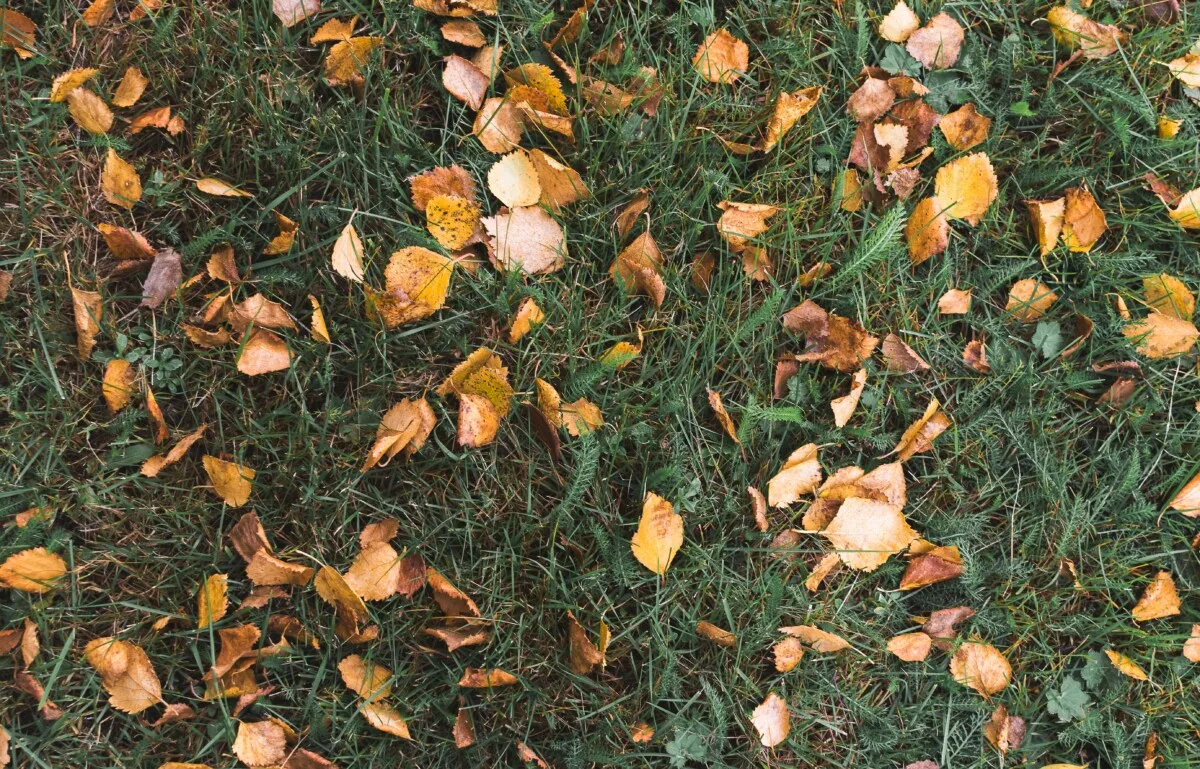
This is the absolute easiest method of managing leaves, though it does entail what others may call out as “messiness”. Be prepared to tell people why they should also be leaving the leaves on the ground.
2. Shred the leaves for quicker decomposition.
Shredded leaves will break down far faster, so if you have a mower, chop them up and spread them evenly over the grass. It makes a fantastic fertilizer.
3. Make leaf mold.
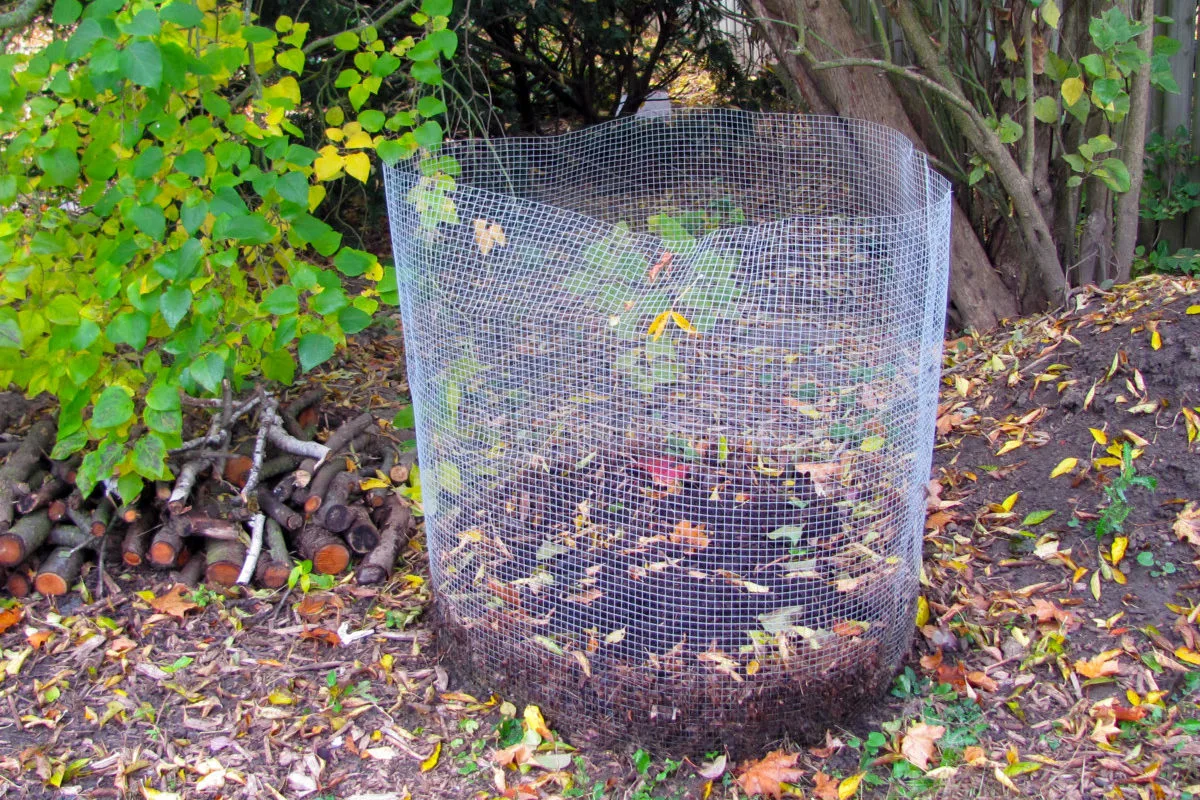
Even when you assume that the leaves are dead, they will live on in the form of compost. You can use the year-old product of decomposed leaves as mulch or fertilizer; you can also incorporate it into potting soil.
4. Move the leaves to your garden as a mulch layer.
In our no-dig garden, we bring in the leaves from our large cherry trees just as winter starts to set in. As they decompose relatively fast, we know they’ll be gone by planting time in spring. Layers upon layers of mulch make no-dig gardening effective and easy.
5. Dry the leaves and store them for later.
Last, but not least, and perhaps not mentioned enough, is that in dry weather, the leaves can be dried out on the lawn, then raked and stored in bags under cover from the elements. In a pinch, dried leaves can be used as a firestarter or as insulation (stuffed into sacks or cloth) to help you save money on heating bills. Dried leaves can also be applied to the garden in spring as an additional layer of mulch.
If you still have too many leaves…
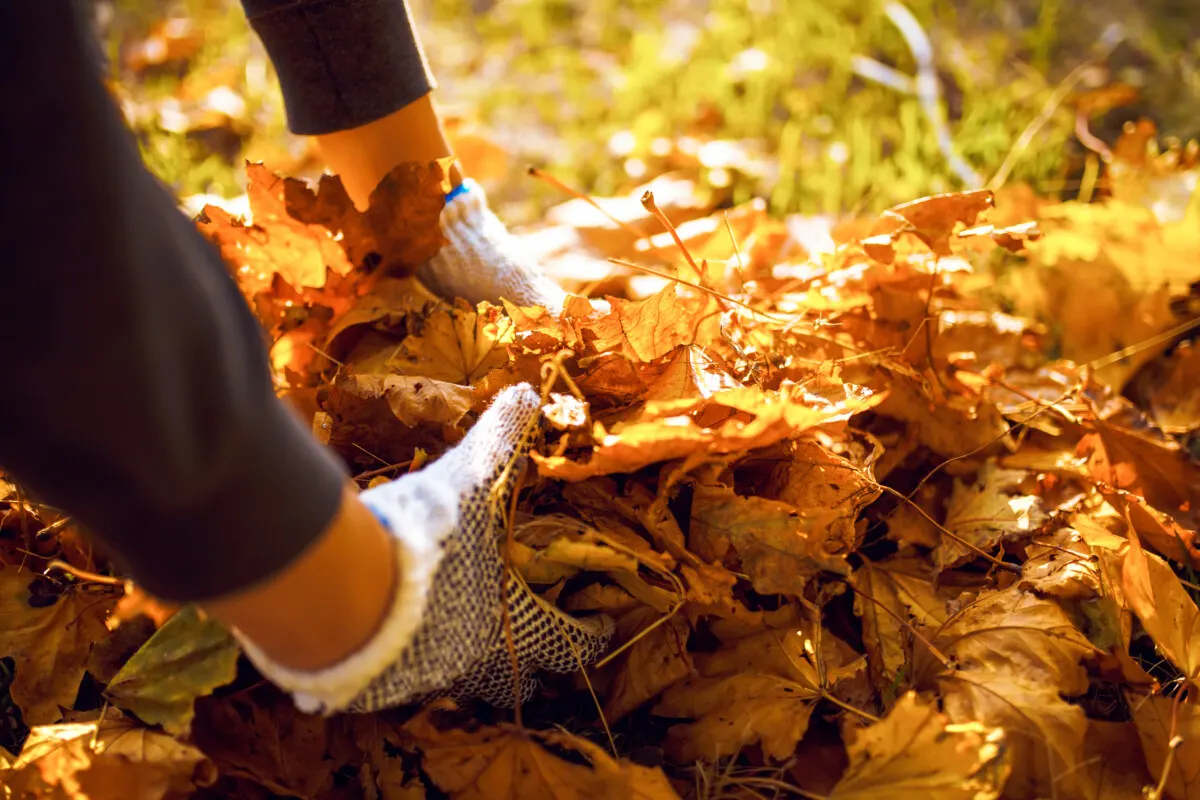
Have your trees been super productive in the leaf department this year? If you don’t know where to put them, why not share them with people who have more time and space to deal with wheelbarrows full of leaves? You could offer your excess to friends and family, to a local school, a CSA or a community garden. Offer your loads of leaves online; perhaps there is someone out there who wants to make compost.
If you are lucky enough to have a larger yard, you could also make a living brush shelter, in other words, a brush pile, to encourage wildlife to reside alongside you. All it takes is a few logs, branches and lots of fallen leaves. Birds, rabbits and other small mammals will move in as soon as they sense it’s a safe place for them to take cover.
With so many reasons to keep the leaves that fall in your backyard, you’ll surely find one that speaks to your heart, to the critters that enjoy the wildness of it, or to next year’s potential vegetable crop.

Get the famous Rural Sprout newsletter delivered to your inbox.
Including Sunday musings from our editor, Tracey, as well as “What’s Up Wednesday” our roundup of what’s in season and new article updates and alerts.

